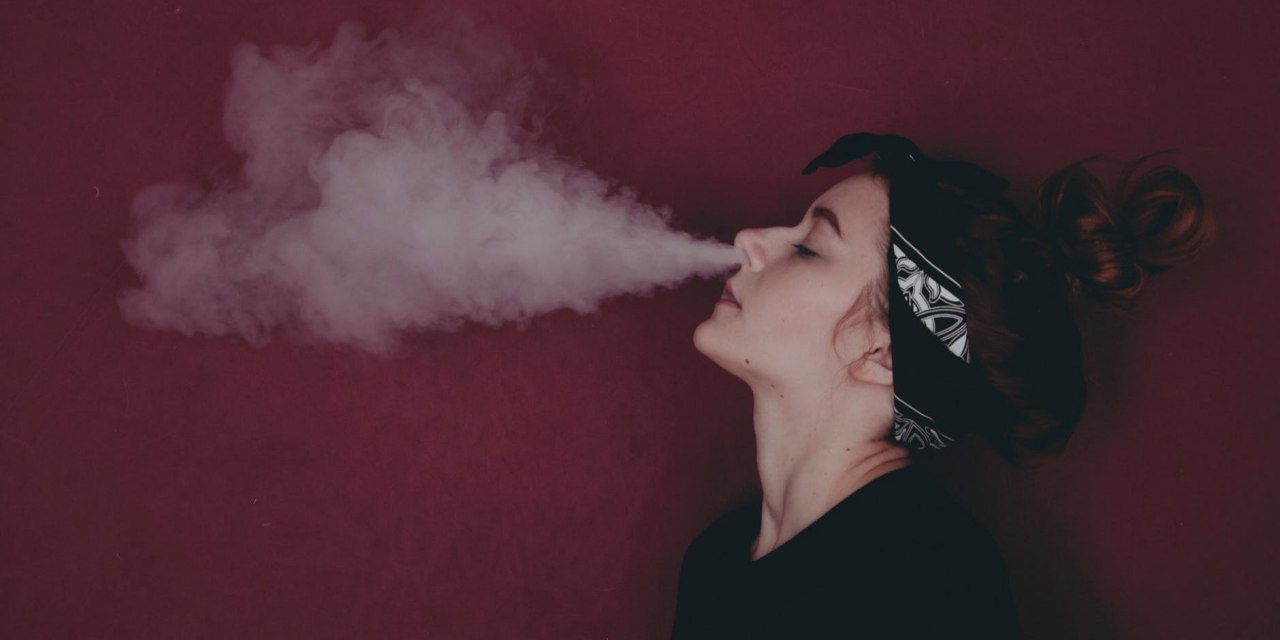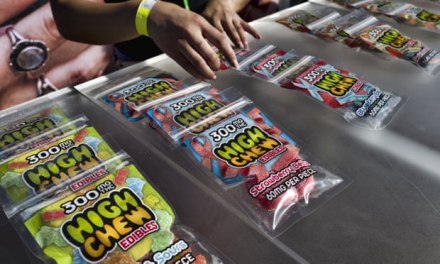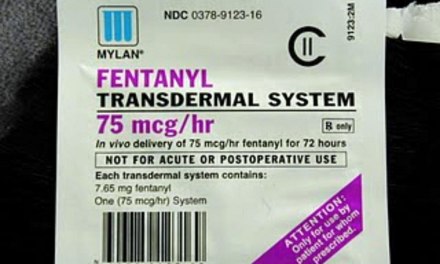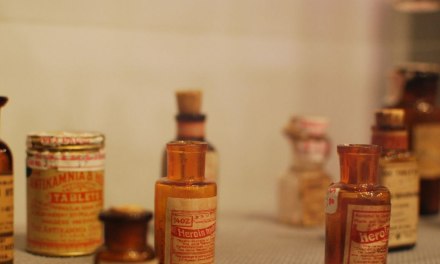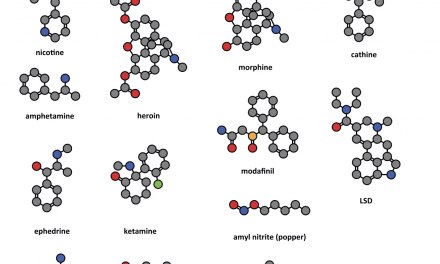Youth vaping, like so many other harmful activities, seems to have grown even more popular since the beginning of the COViD pandemic. A CBS News report:
E-cigarette sales surge — and so do calls to poison control, health officials say
The opening line: “Sales of e-cigarettes have climbed nearly 50% over the past three years, the Centers for Disease Control and Prevention reported Thursday, rising from 15.5 million in January 2020 to 22.7 million in December 2022.”
That is not what was supposed to happen. The FDA has been working diligently to restrict new models, including the fruit-flavored varieties that have proven so popular with underage kids. That’s because the younger someone begins vaping, the more likely they are to develop a Use Disorder — involving nicotine, cannabis, whatever.
Kid-friendly flavors include Iced Mango, Banana Ice, Melon Ice, Mint, and Lemonade, among others.
Are they really that popular? Well, three-quarters of respondents in a national survey of young tobacco users stated a preference for fruit and candy-flavored e-cigs, over any other form.
Now that’s a product that has found its market niche. And the success of JUUL led to the appearance of a host of new competitors, with names like Vuse and NJOY.
In an effort to curb further growth, government has targeted retailers, the shops and stores that sell e-cigarettes and vape devices, with the threat of unannounced inspections — the kind that can get a store closed down for illegal activity.
Meanwhile, calls to Poison Control related to the practice have doubled since 2018. Most of those involve young children who accidentally ingest oils and fluids used for vaping. If that reminds you of the days when little kids wound up in the ER after swallowing those candy-colored pods of laundry detergent — well, this is essentially the same problem, reimagined.
The scope of youth vaping is expanding in part due to an influx of black market disposables that closely resemble in design and packaging the legally produced models. In other words, lookalikes. There’s no quality control on their contents, however. That introduces another dimension to the poisoning problem.
Where is the black market stuff coming from? China, of course. More on that:

